The Urban Wildlands Group
The Urban Wildlands Group is dedicated to the protection of species, habitats, and ecological processes in urban and urbanizing areas.
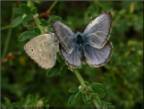
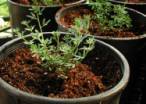
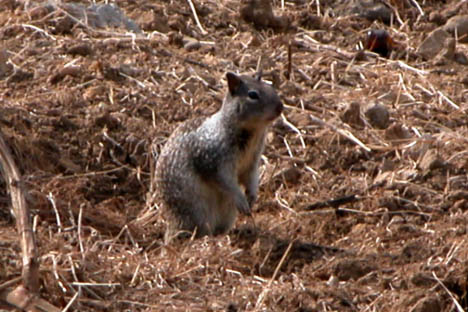
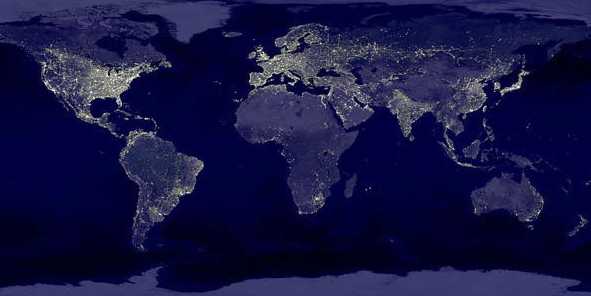
Torrance Beach Revegetation

The Urban Wildlands Group collaborated with the Los Angeles County Department of Beaches and Harbors to revegetate 0.75 acres of dune scrub at Torrance Beach. The site is located between two new ramps reconstructed as part of an upgrade of public facilities. Under the direction of Dr. Rudi Mattoni, we installed container plants and seed during October 2003. The species mix included coast buckwheat (Eriogonum parvifolium)(right), foodplant of the federally endangered El Segundo blue butterfly.

Officials rededicated the new public facilities on October 24, 2003, where Los Angeles County Supervisor Don Knabe and City of Torrance Mayor Dan Walker planted a ceremonial buckwheat to mark the event (left).
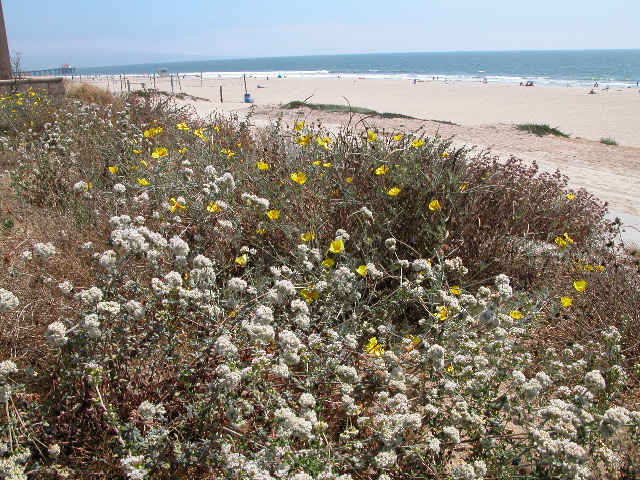
The plants at the Torrance site will form a colorful and diverse dune scrub community, including many flowering shrubs and annual wildflowers. The roots of these native species are deep and help to stabilize the bluff. Dr. Mattoni completed a similar revegetation at the 26th Street Lifeguard Station in Manhattan Beach in Fall 2002 (right).
Reports
Longcore, T., R. Mattoni, and S. Casia. Report on southern dune and bluff scrub revegetation at Torrance Beach. Los Angeles, The Urban Wildlands Group, 10 pp. (September 23, 2004).
Update: July 2007
The El Segundo blue butterfly has colonized habitat at Torrance Beach. See coverage in the Los Angeles Times and and the Daily Breeze. See also this moving endorsement of the resurgance of the El Segundo blue butterfly by columnist Paul Silva of The Beach Reporter.
Many thanks to Mary Simun and her students at Redondo Union High School for their hard work at this site.
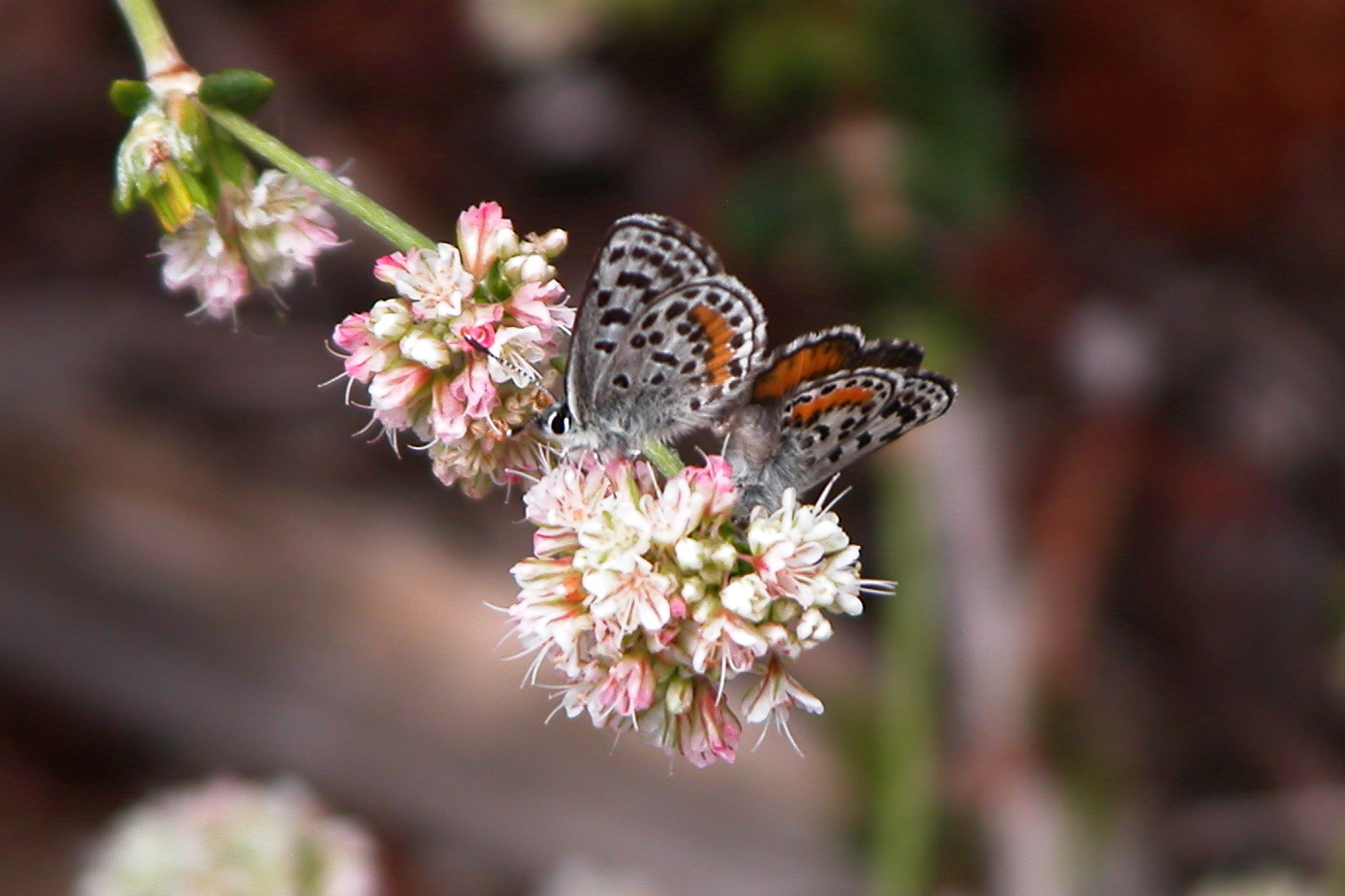
Update: December 2004
The early fall rains helped the shrubs green up and the site is starting to look more mature. California sunflowers (Encelia californica) are in flower (yellow with black centers), as is the deerweed (Lotus scoparius; small yellow flowers). The shrubs provide sufficient structure and foraging opportunities to have attracted a Say's Phoebe (Sayornis saya), which has been observed since late fall by local beachgoers. This small bird species eats insects, which it captures in mid-air on short flights from a perch. This is probably the first time in several decades that a Say's Phoebe has been seen on this site, let alone wintered here.

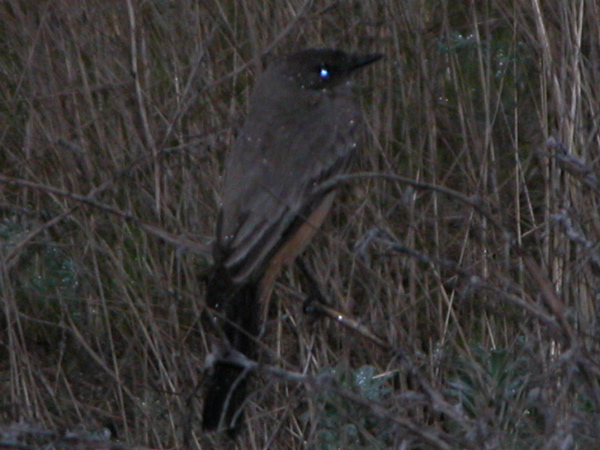
Update: March 2004
Shrubs are thriving within a cover crop of native Festuca grass. UWG staff and volunteers from the SEA Laboratory and local schools conduct ongoing maintenance to reduce weed cover. As the shrubs grow, these weeds will be greatly reduced.
Wildflowers are now in bloom, including several lupine species, California poppy, western wallflower, beach evening primrose, and California sunflower. Native flying insects already have been attracted to the site, including two species of bumblebees (Bombus vosnesenskii pictured below and Bombus californicus, which are important pollinators) and ladybird beetles (Hippodamia convergens, which help control aphids).
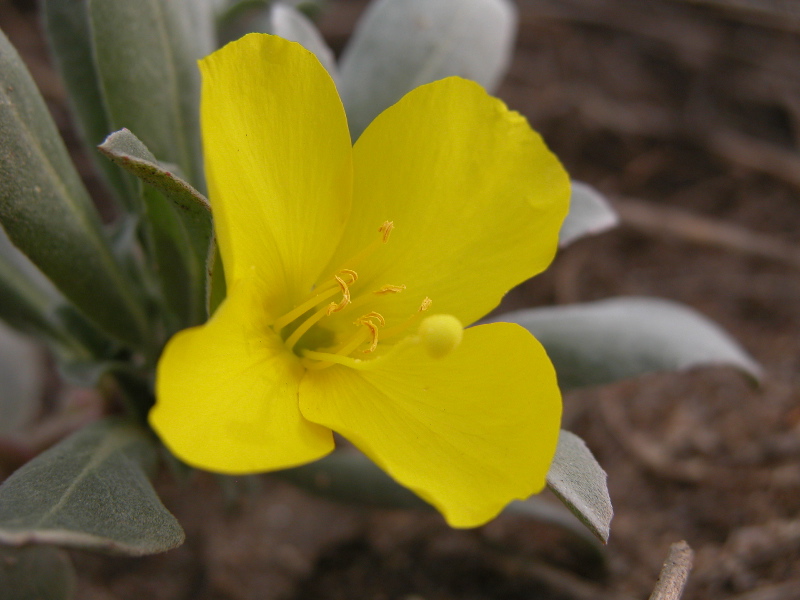
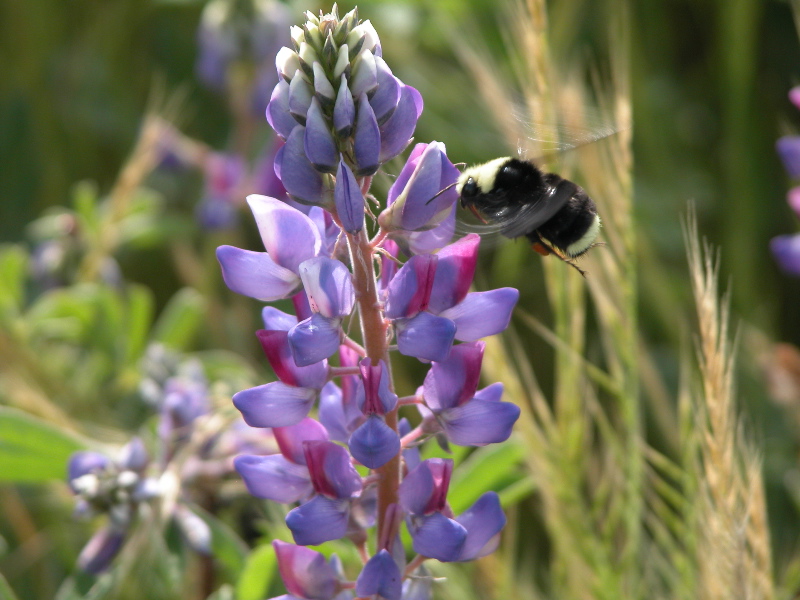
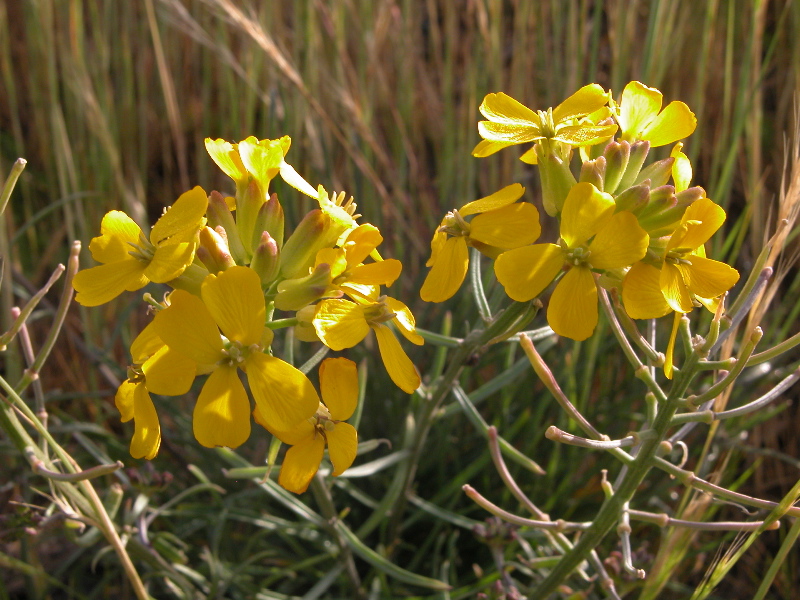
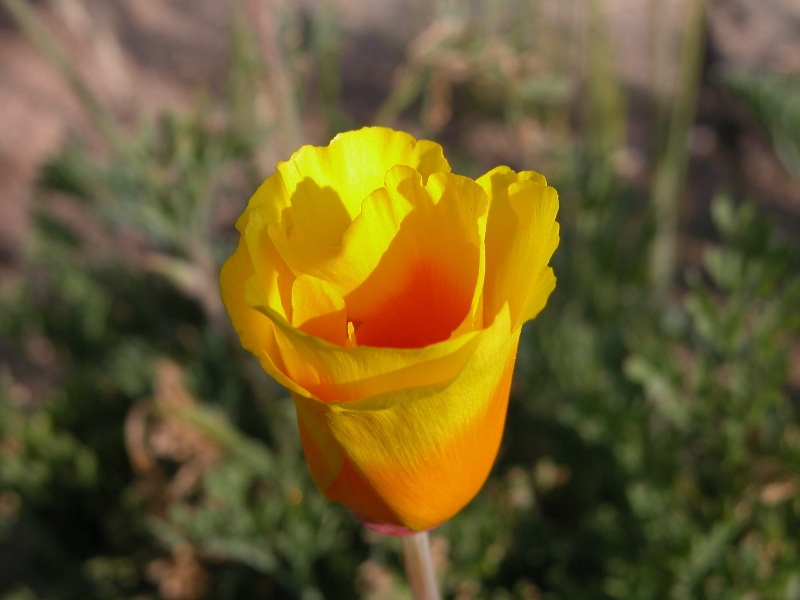

Photographs on this site cannot be reproduced without the written permission of The Urban Wildlands Group.